Alpine cuisine is pure convivial comfort food. It is perfect for refuelling around a table with friends and family after long days spent high in the mountains. So as the mercury drops and the cold wind of winter blows in, we've scoured Europe’s most wintry mountain-top destinations to find the heartiest, most delicious, wondrously cheese-laden dishes, worth journeying out into the cold for.
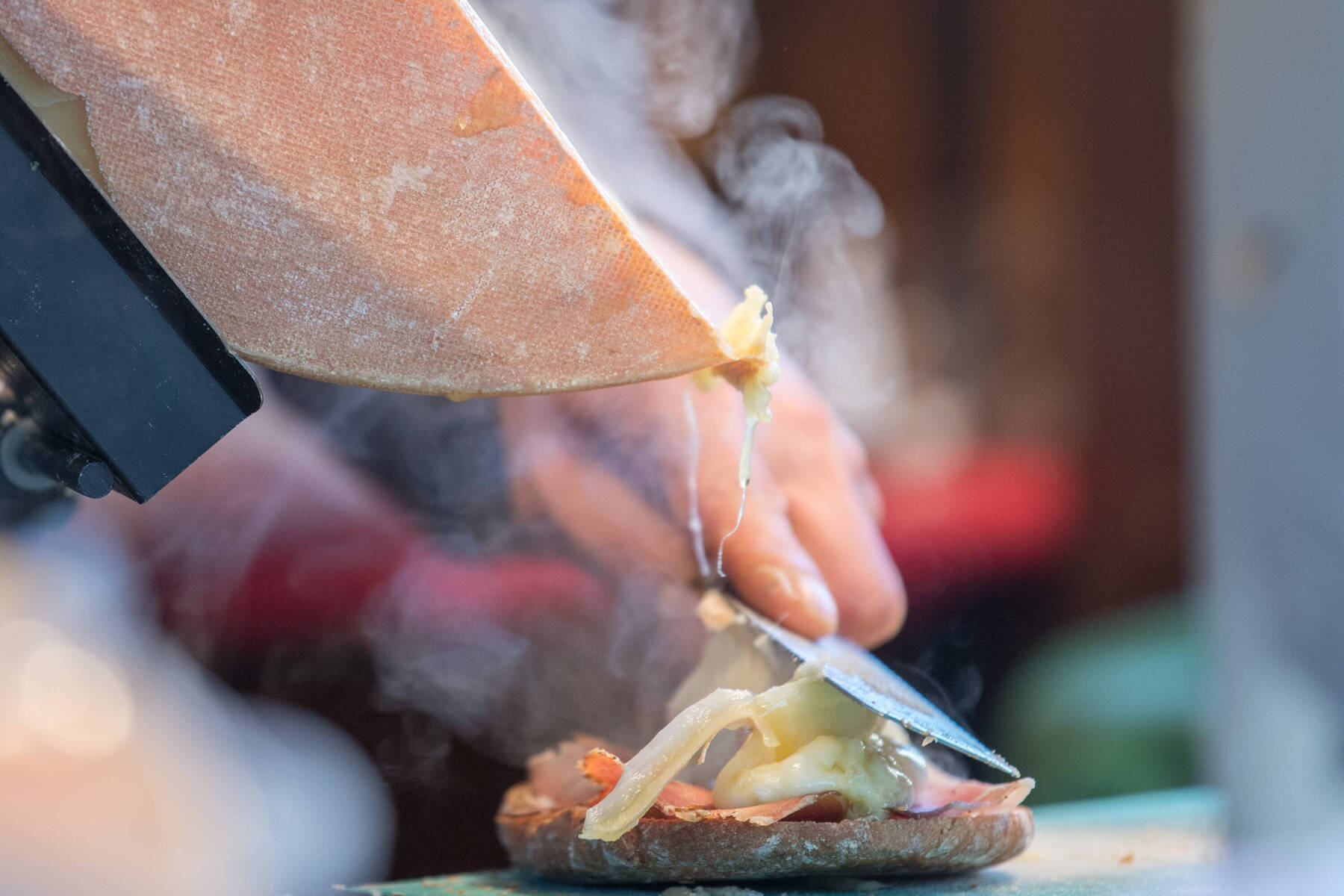
Cheese raclette with salami
Credit: Andrea Izzotti
Tartiflette
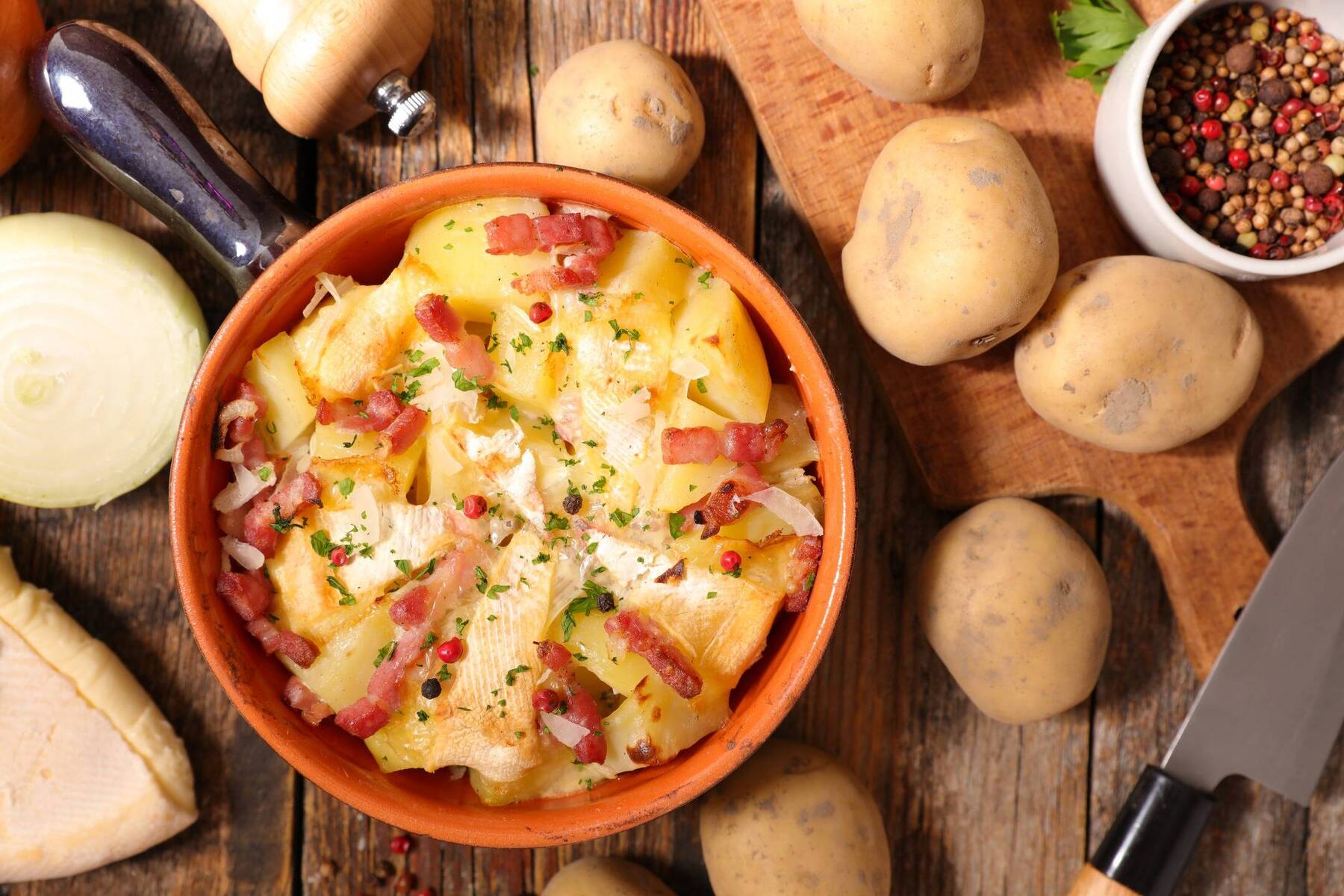
Tartiflette with smoked lardons
Credit: Margouillat Photo
Vacherin
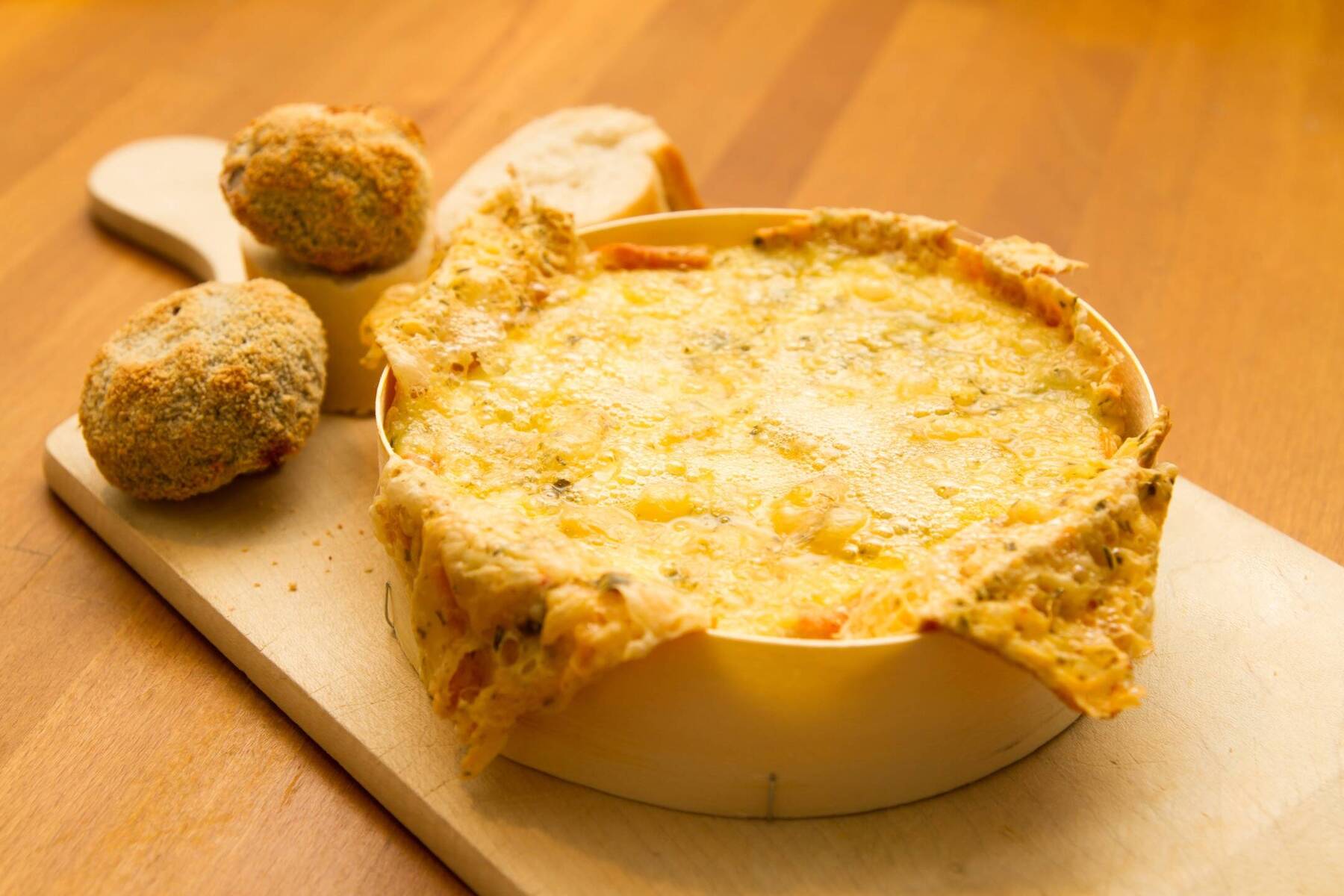
Vacherin with breaded mushrooms
Credit: 1eyeshut
Käsespätzle
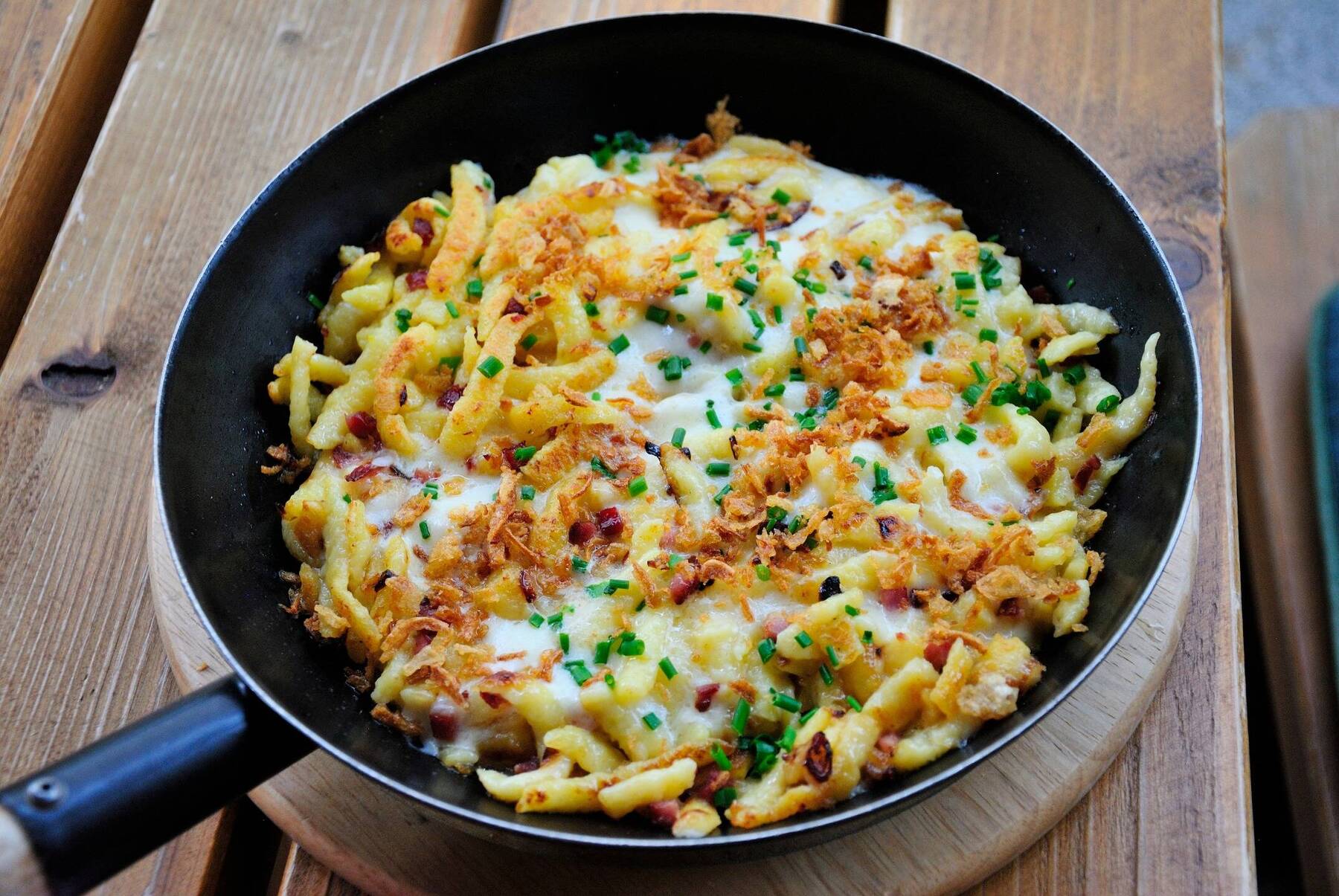
Schinken-Käsespätzle - Tyrolean noodles with bacon and cheese
Credit: Nina Alizada
Fondue
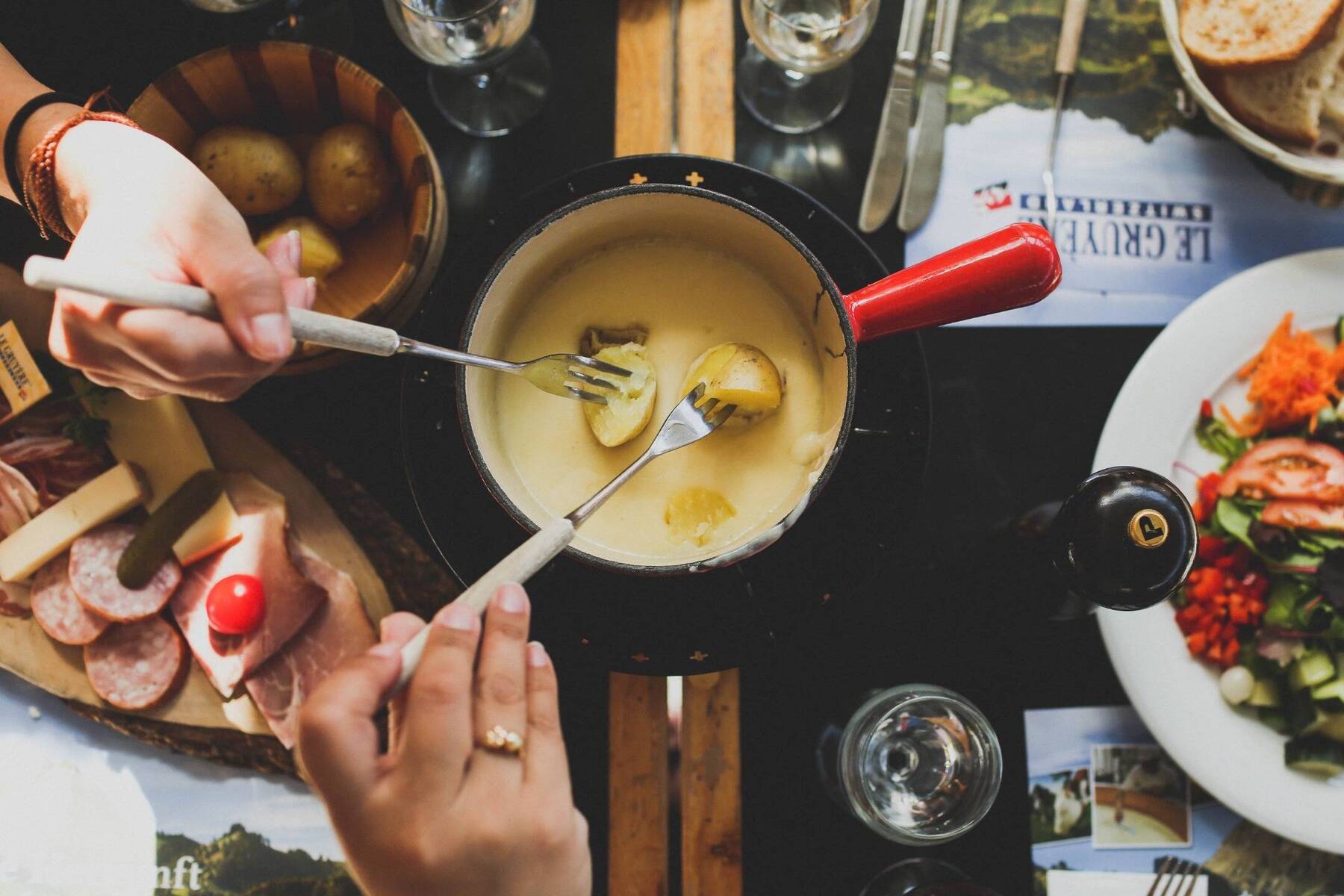
Cheese fondue with boiled potatoes
Credit: Angela Pham
Become a member to join the conversation!
Become part of the world's leading travel & lifestyle community!
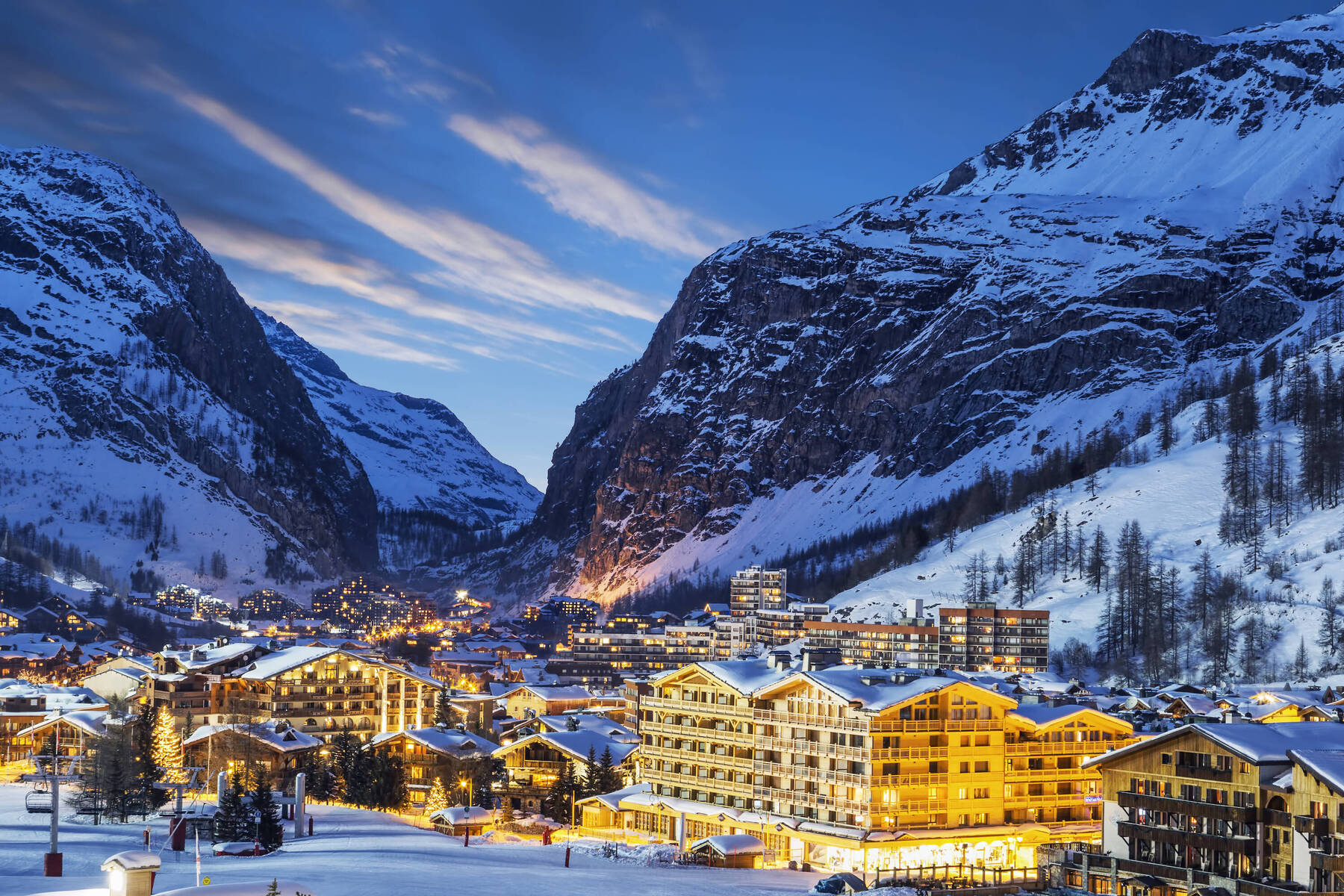
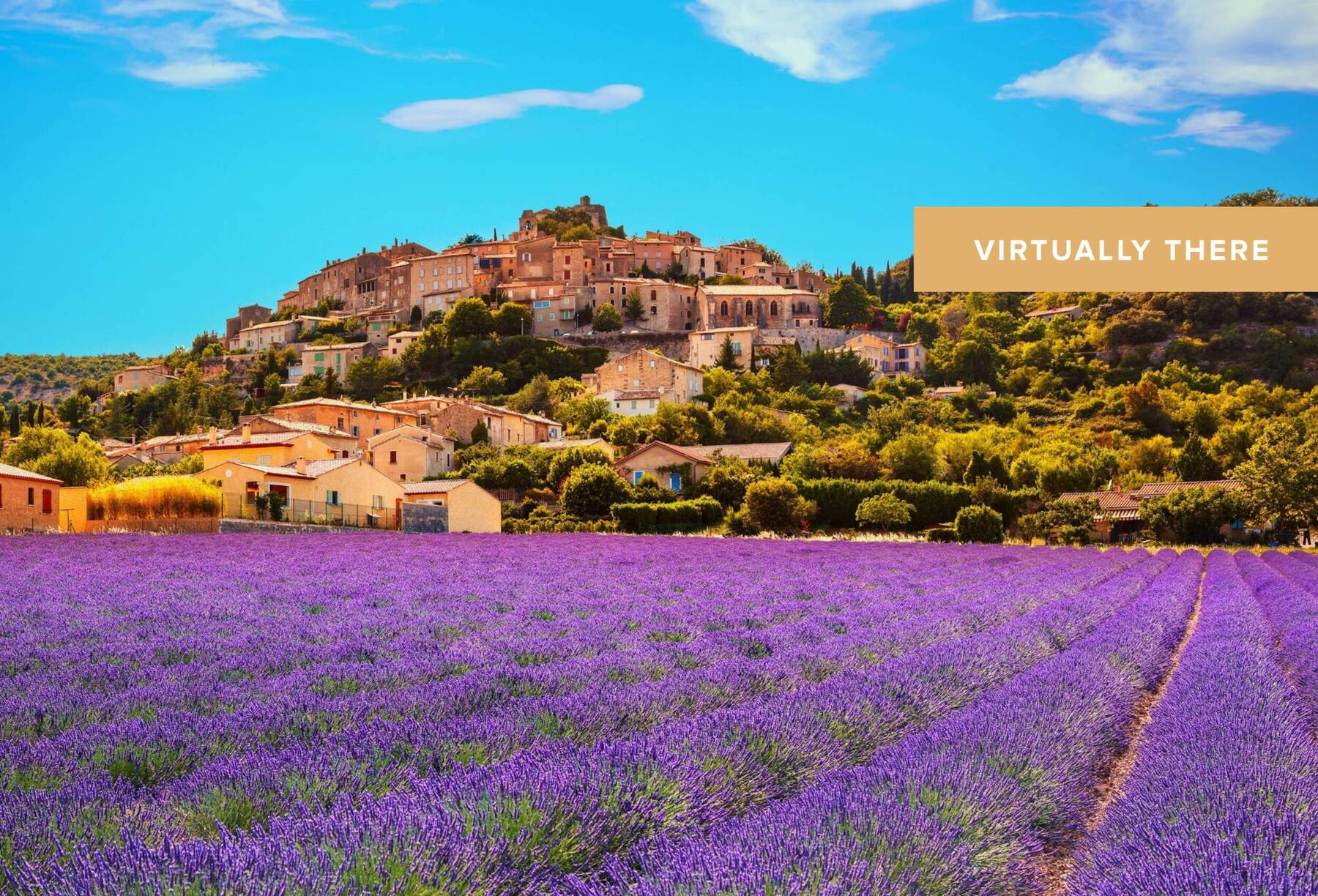
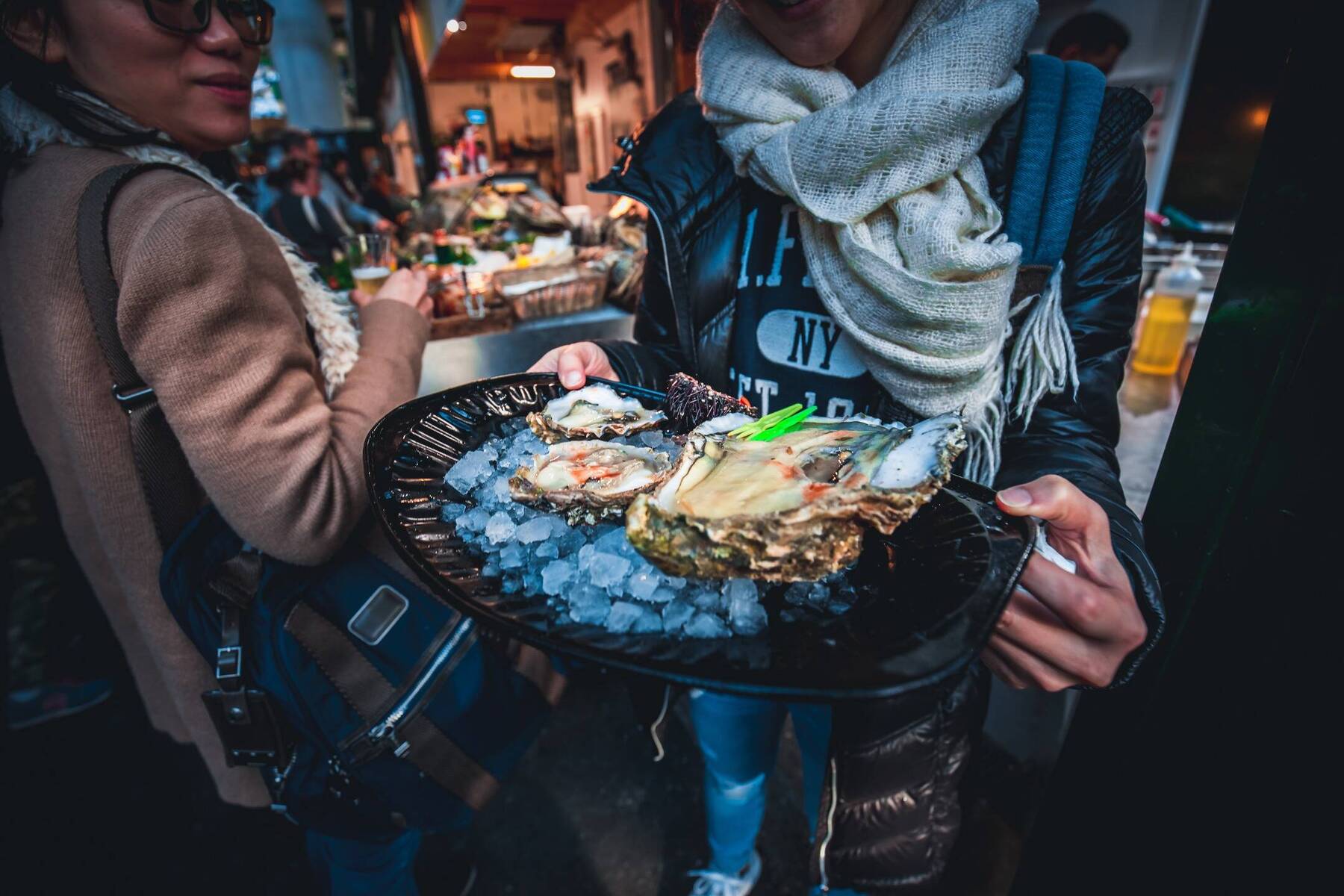

Comments